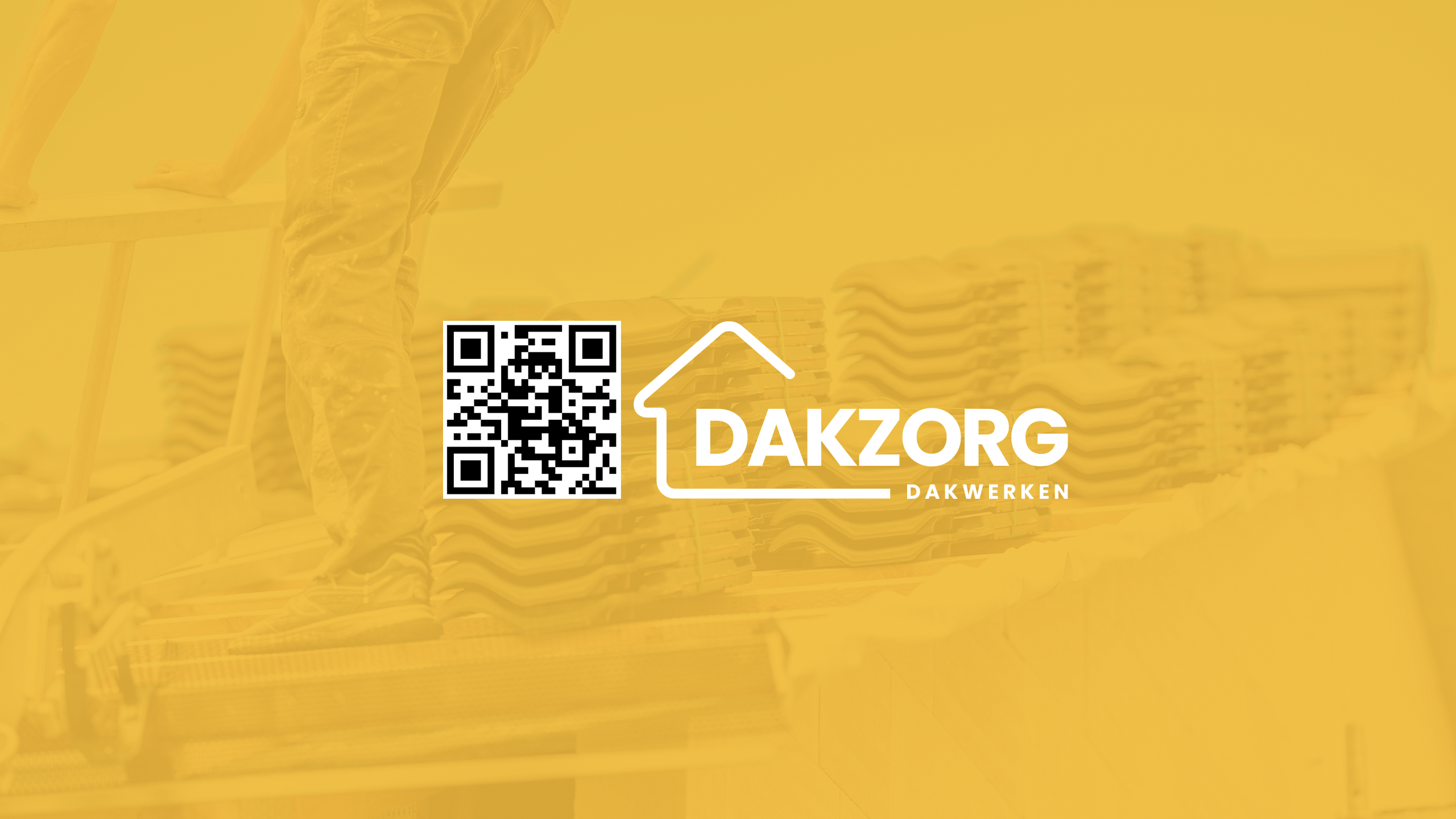Introduction
When we think of the Netherlands, picturesque canals, tulip fields, and windmills often come to mind. But there's another element that beautifully embodies Dutch heritage: traditional roofing styles. The roofs of Dutch buildings do more than just keep the rain out; they tell stories of the past, reflect cultural values, and showcase architectural evolution over centuries. In this article, we will embark on a fascinating journey through time, exploring various traditional Dutch roofing styles and their historical significance.
Exploring Traditional Dutch Roofing Styles: A Historical Perspective
The rich tapestry of Dutch architecture is woven with diverse influences from various periods and regions. Traditional Dutch roofing styles have evolved to address practical needs while also embodying aesthetic choices reflective of societal values at different times. Roofs serve as a functional necessity, but they also carry symbolic weight in representing community identity and heritage.
A Brief Overview of Dutch Architecture
Dutch architecture has gone through several phases influenced by geography, climate, and socio-political changes. From Gothic to Renaissance to Modernism, each era has left its imprint on the rooftops across the country.
The Importance of Roofs in Dutch Culture
Roofs are not merely structural components; they symbolize shelter, warmth, and security. In many ways, they encapsulate the spirit of a home or building. For centuries, roofs have been designed to withstand harsh winters and heavy rainfall which is typical in the region.

Understanding Traditional Roofing Materials
Thatch: A Historical Favorite
Thatch roofs consist of dried vegetation such as straw or reeds layered tightly together. This style has been prevalent since medieval times due to its insulating properties.
- Pros: Natural insulation and eco-friendly. Cons: Requires regular maintenance to prevent decay.
Tiles: The Backbone of Dutch Roofing
Clay tiles became popular in the 16th century due to their durability and aesthetic appeal. They are often seen in vibrant colors that reflect regional identities.

Types of Tiles Used in the Netherlands
Flat Tiles: Commonly used for their sleek appearance. Dutch Gable Tiles: Known for their distinctive shape. Pan Tiles: Rounded tiles that are interlocked for better water drainage.Regional Variations in Roofing Styles
Frisian Roofs: Practicality Meets Beauty
In Friesland, homes often feature unique gabled roofs adorned with decorative elements that reflect local traditions.
Features of Frisian Roofs
- Steep pitches for snow runoff Decorative finials
Zaanstad Houses: Industrial Influence on Design
The Zaan region is famous for its wooden houses with distinctive green-painted roofs which were once used by industrial workers.
Iconic Roof Shapes Across the Netherlands
Gabled Roofs: The Classic Choice
Gabled roofs are characterized by their triangular shape and are among the most common types found throughout Holland.
Characteristics
- Efficient water drainage Symmetrical design
Hipped Roofs: Elegant Curves
Hipped roofs slope downwards from all sides towards the walls—perfect for areas prone to strong winds.
Understanding Roof Pitch and Its Significance
What is Roof Pitch? Why Does it Matter?
Roof pitch refers to the steepness or angle of a roof and plays a crucial role in both aesthetics and functionality.
High-pitched roofs are more effective at shedding snow but can dakzorg.blob.core.windows.net be challenging to insulate effectively.
Decorative Elements in Traditional Roofing Styles
The Role of Ornaments in Roofing Design
Ornamental features like chimney pots, weathervanes, or ridge tiles serve both functional purposes and add visual interest. These details often tell stories about craftsmanship passed down through generations.
Sustainability in Traditional Dutch Roofing Techniques
With growing concerns about environmental impact, traditional techniques like thatching have seen a resurgence due to their sustainable nature.
Modern Adaptations
Some artisans incorporate modern materials while maintaining traditional aesthetics—striking a balance between old-world charm and contemporary needs.
Famous Examples of Traditional Dutch Rooftops
1. Keizersgracht Canal Houses
These iconic homes showcase classic gabled rooftops adorned with intricate details unique to Amsterdam's architecture.
2. Windmill Rooftops
Windmills not only played a vital role in Dutch industry but also feature distinctive roofs designed for functionality—like catching wind efficiently!
Exploring Regional Craftsmanship Techniques
Every region has its roofing contractor own methods for constructing roofs that cater specifically to local needs—be it weather conditions or available materials.
Tools Used in Traditional Roofing
- Thatching knives Tile cutters Hammers
These tools have remained largely unchanged over centuries!
Challenges Facing Traditional Roofing Today
As modernization sweeps across nations worldwide—including the Netherlands—traditional roofing faces challenges such as:
Increasing costs Availability of skilled craftsmen Weather-related wear-and-tearHowever, initiatives aimed at preserving these historic styles continue to gain traction among local governments and communities alike!
FAQs About Traditional Dutch Roofing Styles
What are common materials used in traditional Dutch roofing?- Common materials include thatch, clay tiles (flat & pan), wood shingles etc., each having unique benefits based on region/climate!
- Steep pitches help shed snow quickly while allowing proper drainage during heavy rainfall—a practical choice given weather patterns!
- With proper care/maintenance (like regular inspections), a well-made thatched roof can last anywhere from 30-50 years!
- The Frisian style boasts decorative elements alongside practical features like steep slopes suitable for snow runoff!
- Yes! Many modern alternatives mimic traditional aesthetics while offering improved durability/sustainability—think recycled composites!
- While renovations are possible (subject to regulations), homeowners should consult local authorities before making significant alterations regarding historical preservation laws!
Conclusion: Embracing Tradition Amidst Change
As we’ve explored throughout this article on Exploring Traditional Dutch Roofing Styles: A Historical Perspective, it's clear these structures hold more than just utilitarian value; they embody stories spanning generations! Whether it’s through ornate designs or sustainable practices being revived today—the essence remains timelessly captivating! As we move forward into an ever-evolving world where technology meets tradition—we must cherish our architectural heritage while embracing innovation responsibly!
So next time you wander through those charming streets lined with canal houses or gaze upon majestic windmills dotting our landscapes—take a moment not just admire their beauty—but acknowledge what lies above our heads—a legacy worth celebrating!